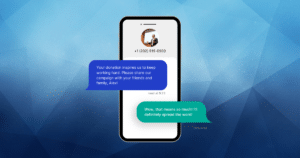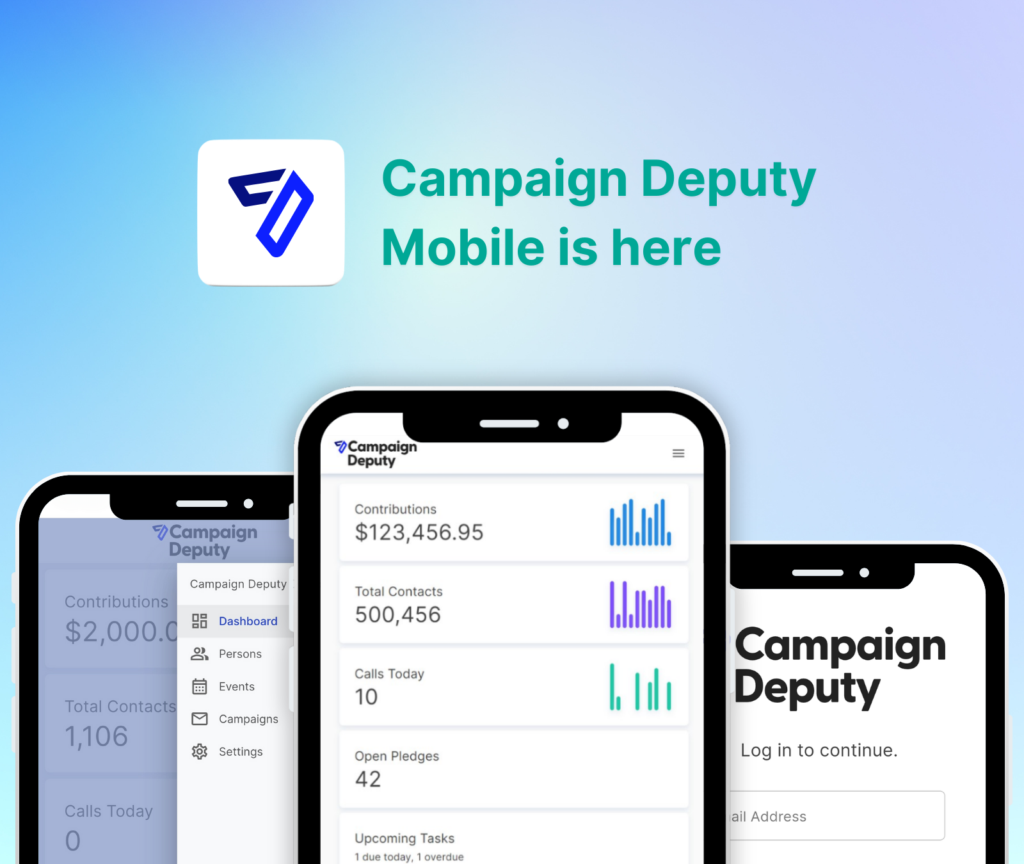Using email to appeal for donations has always been a great way of connecting with potential donors.
It’s a non-intrusive and very scalable outreach technique allowing you to get your message across clearly and easily.
In this article, we’ll give you the perfect framework for writing donation request letters with a few examples to inspire you.
Interested in a demo? Sign up for a short demo.
4 Step Framework for Writing Donation Request Letters
The AIDA writing framework has been used successfully in the commercial space for many years. Allowing consumers to understand the value of an offer and getting them to take action.
We can use the same process when gathering donations for your campaign.
Remember, keep your letters long enough to get your message across but short enough to avoid losing their interest.
You’re not trying to explain every aspect of your campaign, you’re trying to get them to take a specific action – to donate.
Avoid using high-level language that would disconnect your reader from your message. Use a conversational tone so your letter doesn’t sound like a mass-produced corporate newsletter.
Now, let’s get into the only writing framework you’ll ever need for writing amazing donation request letters.
The AIDA framework consists of 4 main parts:
A – Attention
The first step of any donation request letter is capturing your donor’s attention.
You do this in the subject line of your email.
Remember, if you can’t get your donor to open your email then it doesn’t matter how good the rest of it might be. They simply won’t donate to your cause, because they have no idea it exists.
The perfect subject line should be short and intriguing to justify opening your email.
Here are 5 examples to get you started:
- What can you afford?
- Time is running out
- We’re so close
- Today is the last day to help
- It’s not too late to help
- Be a hero today
What to avoid when writing a subject line:
- Avoid lengthy subject lines
- Try not to be clickbaity (spam filters can block your emails)
- Avoid using too many special characters like $ symbols or emojis
- Don’t use terms that trigger spam filters
Once you’ve got your donor’s attention and they’ve opened your letter, you move into the interest-building phase.
I – Interest
Here you start building the narrative of your letter.
Interest is built in the first 1 or 2 paragraphs of your letter.
When building interest in your cause or campaign, it’s important to think about how this appeals to your donor and what might stop them from donating their own hard-earned money.
The 4 main reasons people DO NOT donate to a cause are:
- They don’t have the money
- They prefer volunteering instead
- They prefer donating goods or services
- They don’t trust the organization
Overcoming these objections is the key to a successful donation request letter.
Here are 2 examples to get you started:
Example 1:
We’ve spent the last [number] years recruiting the most amazing volunteers, and kindly received [products / services / donations] from local businesses like [company name]. However, we need to do more and with your help, we can [your cause / campaign].
We understand it’s not easy giving, especially in a climate where fewer a fewer organizations are backed by good intentions. We aim to change this view by [being transparent / regularly reporting], so you’ll know exactly where your contributions are going.
Example 2:
We want to acknowledge all our volunteers who’ve kindly given their most valuable asset of time towards [your cause / campaign], and companies like [company name] who’ve so generously given of their [products/services/donations] to move our campaign forward.
But now, we need your help. Giving can be difficult, especially when you don’t trust the organization you’re trying to help. We get it, and we’re making efforts to increase [transparency / reporting] of all donated funds, so you’ll never need to question where your contributions are going.
The only purpose of your introduction is to get donors to read the rest of your request letter.
By overcoming objections you know they already have, you’re earning their attention and eventually their contribution to your cause.
Avoid moving directly into your request or telling them a motivating story.
Nobody opens an email to read a novel, you must get to the point as quickly as possible to maintain their interest.
Once you’ve piqued your donor’s interest, it’s now time to build their desire for giving.
D – Desire
Now that we’ve overcome the objections donors might have, it’s time to start building their desire for your cause.
You do this by outlining what you’ve already managed to do, or what your vision for their contribution might be. Desire is created when the person reading your donation request letter wants to feel part of what you’re doing because they can see the benefit of it in their own mind.
They want to feel like they’re an active participant in the change you’re bringing about, and the best way to do that is by outlining exactly what you’ve got in store for their contribution to your campaign.
When listing these benefits, avoid using large paragraphs of text. It might seem logical to explain each benefit in detail, but you’re more likely to lose your reader’s attention and they’ll close the email.
People don’t like reading large blocks of text, instead, use a skimmable format like bulleted points or numbered steps.
The clearer and to the point you can be, the more likely your donor is to finish reading your message.
Here are 2 examples to get you started:
Example 1:
We appreciate how busy you might be, so we’re not going to ask you to read about every aspect of our campaign right now. However, we’ll be happy to provide more details should you want to know more.
In summary, here’s what your contribution will be supporting:
- [Benefit 1]
- [Benefit 2]
- [Benefit 3]
- [Benefit 4]
- [Benefit 5]
With your help, we can [your cause] and make our combined dream a reality.
Example 2:
Our campaign has a lot of moving parts, and we know you’re not interested in reading an essay right now. However, should you have the time and want to know exactly what you’ll be helping us achieve you can read more here.
In summary, here are the steps we’re taking to [your cause]:
- [Step 1]
- [Step 2]
- [Step 3]
- [Step 4]
- [Step 5]
We can only achieve these steps with contributions from kind and giving people like yourself.
Donors will value your succinct message and appreciate the option of requesting more information should they need it.
Remember, to goal is to take up as little of their time as possible because in their eyes this is their most valuable asset. If you value their time, they can be sure that you’ll also value their money.
Now that we’ve successfully captured the interest of our donors and built their desire for getting involved, we need to ask them to take action.
A – Action
When asking your reader to donate, you need to be very specific in your request.
People get confused when they’re presented with too many options, or when the request is to vague.
But how exactly do you ask for a donation in an email?
Make the next step as obvious as possible by instructing them, rather than simply including a link.
Here are 3 examples to get you started:
- Click here to give what you can towards [your cause] and help us [main benefit].
- We hope you share our vision for [your cause] and want to be involved by donating here.
- Take a stand with us by clicking here to [your cause] and creating [main benefit].
Make sure the only links you include from your donation request letter are to your website to provide more context if they need it, or to the contribution page where they can donate.
Don’t include links to your social accounts or pages that might distract your donor from your message.
Your goal is to get their attention, generate interest in your cause or campaign, build their desire for getting involved, and finally get them to take a specific action.
Nothing more and nothing less.
Use the AIDA framework for writing letters to your donors and you’ll see a much higher contribution rate because you’re respecting their time and have a clear path for them to follow.
Interested in a demo on how to create a donation request in Campaign Deputy? Sign up for a short demo.





